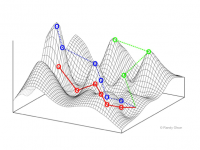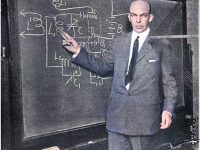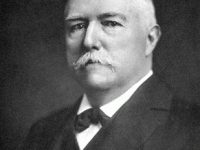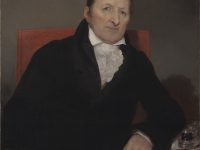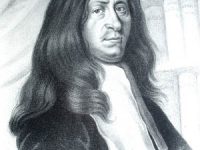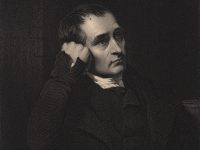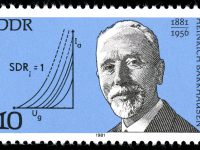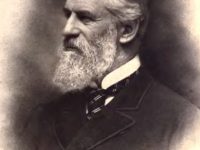Sewall Wright and the Importance of Population Genetics
On December 21, 1889, American geneticist Sewall Green Wright was born. Wright is known for his influential work on evolutionary theory and also for his work on path analysis. He was a founder of population genetics alongside Ronald Fisher and J.B.S. Haldane,[4] which was a major step in the development of the modern evolutionary synthesis combining genetics with evolution. Early Years and Academic Career Sewall Wright‘s father Philip Green Wright was a…
Read more











